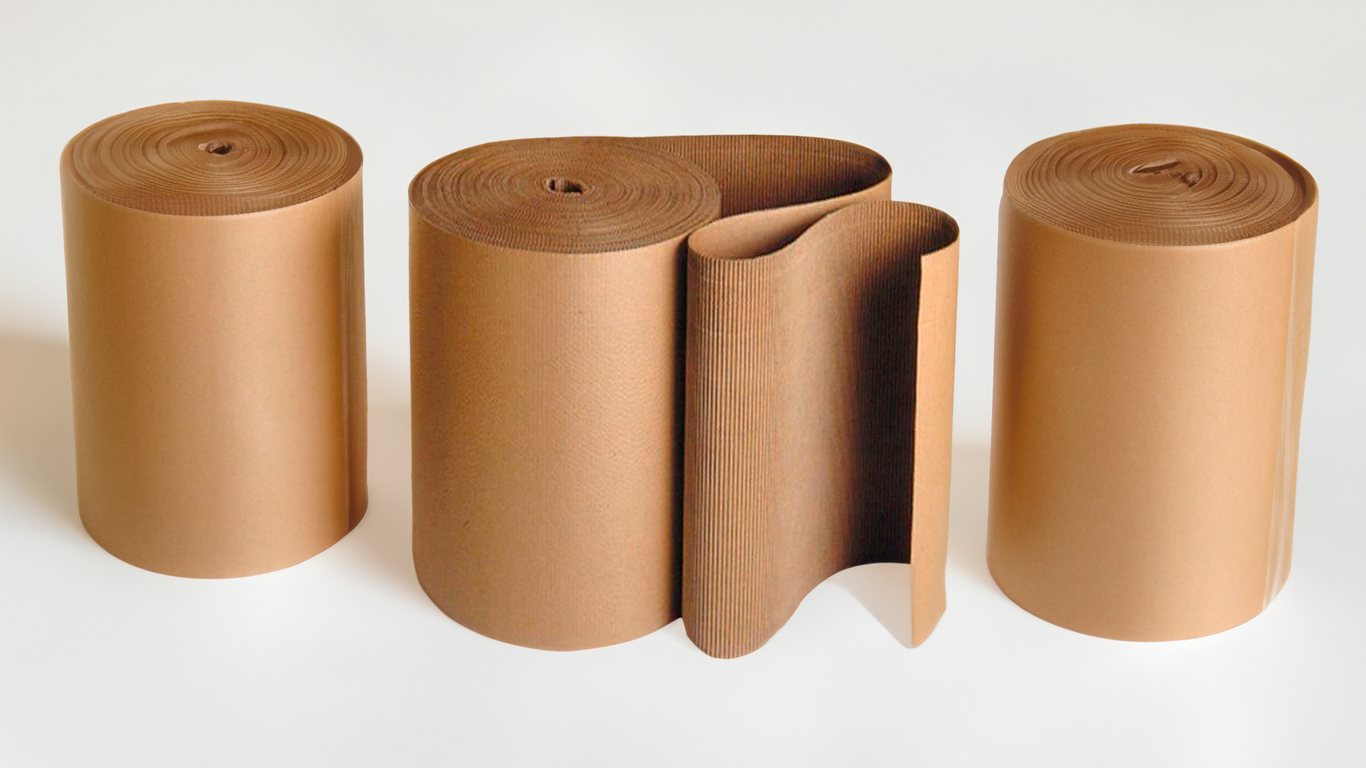Interleaving, also known as separating paper or collation paper, is a type of thin and lightweight paper used to separate and protect delicate or sensitive objects from each other. Its main function is to prevent direct contact between the surfaces of objects, avoiding possible damage, rubbing, scratching or ink transfer between them.

This paper is often used in a variety of applications, such as the packaging and transport of fragile items, such as glassware, ceramics, electronics, mechanical parts, works of art, photographs, and important documents. Interleaving paper is especially useful in situations where objects may come into contact during storage, shipping, or handling.
This paper is very thin to minimize added bulk and not increase weight significantly. It’s usually pH neutral and doesn’t contain any acids or chemicals that could damage the objects you’re protecting. It can be available in different sizes and formats to suit the specific needs of the user, such as loose sheets or rolls.
Contact us and we will offer you a solution adapted to your needs.
Interleaving paper offers a range of exceptional benefits that make it an essential product in various industries. In addition, it is a high-tech product with a high added value, thanks to the amazing features and applications it provides. As the paper industry has evolved technologically, interleaving paper has been endowed with new properties to meet changing market demands.
Interleaving paper finds valuable applications in a variety of industrial sectors due to its protective and separating properties. Sectors where it is particularly useful include:
In case this solution does not perfectly fit the needs of your products or services you can always contact us directly and we will be happy to find the best alternative for you.